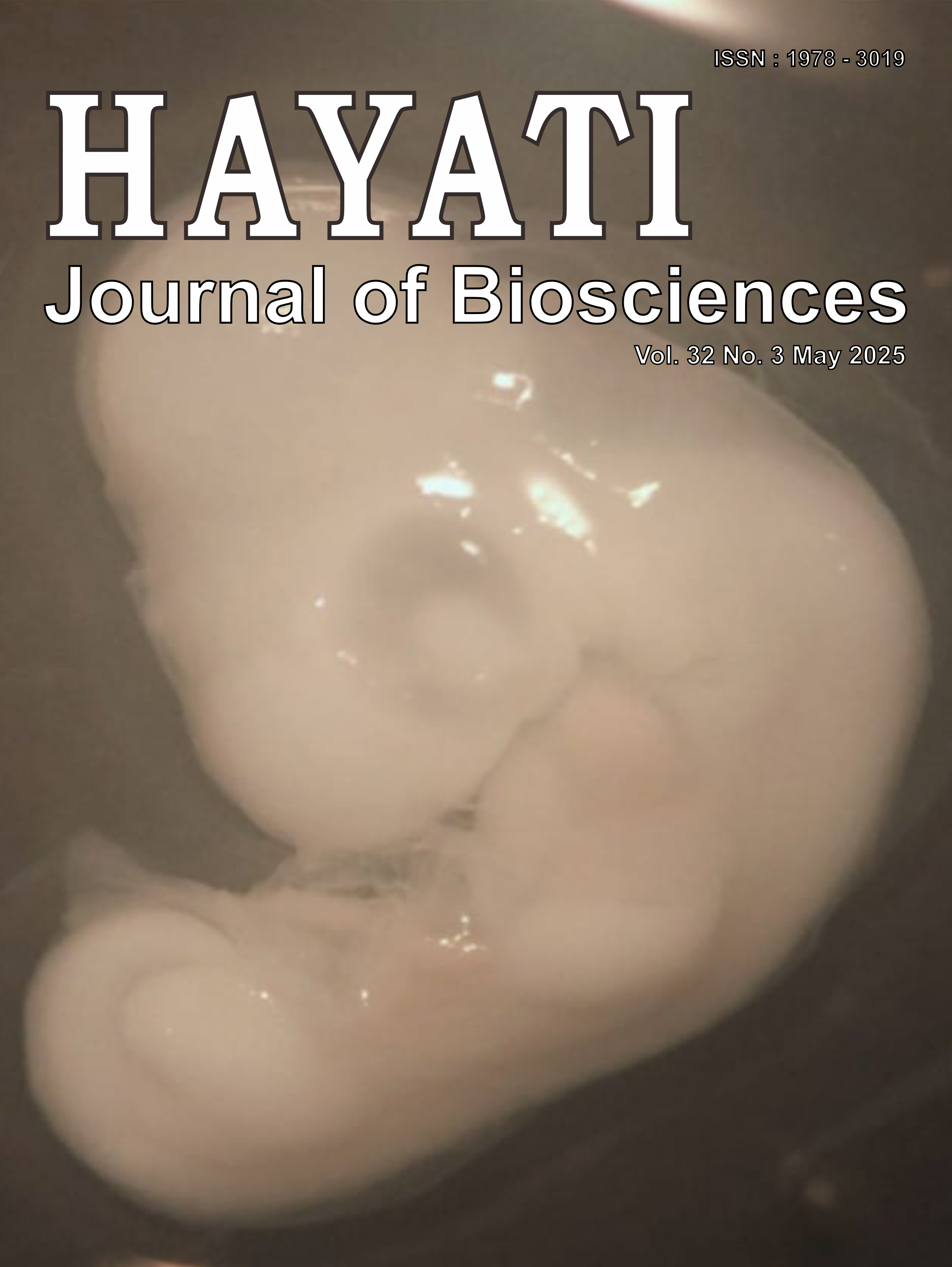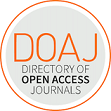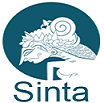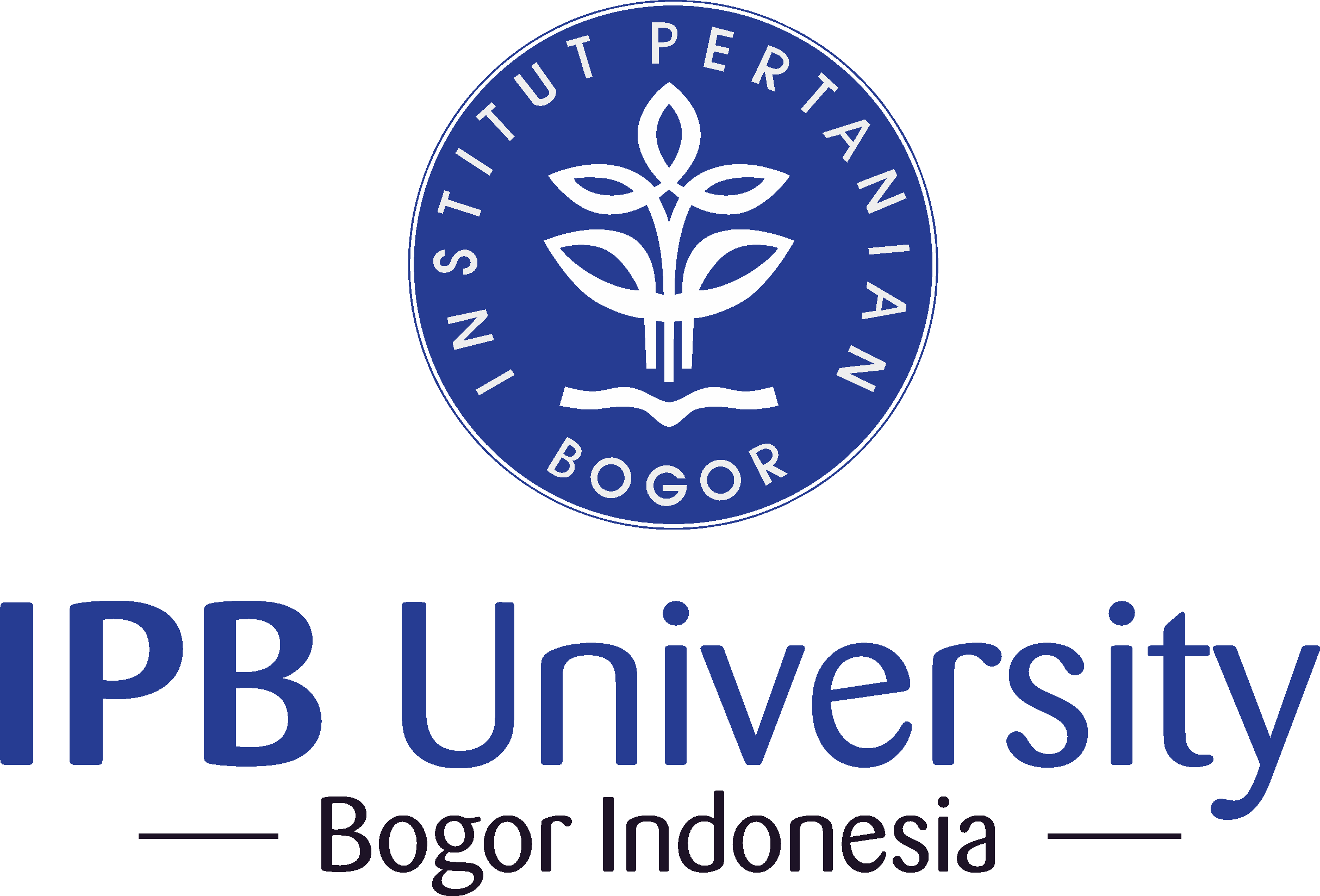Development of Multiplex PCR for Simultaneous Detection of Trypanosoma evansi and Equine Piroplasma Infection in Horses
Abstract
The identification of equine piroplasmosis and surra disease in infected horses currently presents a significant challenge. Clinical symptoms and blood smears are commonly used to diagnose these two diseases. The objective of this study was to develop a multiplex amplification assay capable of simultaneously identifying all three blood protozoa (equine piroplasma and Trypanosoma evansi) in a single test. The primer pairs used for detecting T. equi, B. caballi, and Trypanosoma evansi were ema-2-t (587 bp), Bc-134 (429 bp), and Rotat 1.2 VSG (151 bp), respectively. The multiplex PCR assay was subsequently evaluated for its detection limit, sensitivity percentage, and specificity using single PCR as the reference standard. The multiplex PCR method demonstrated a sensitivity of 100% for detecting both Theileria equi and Trypanosoma evansi, with all positive samples confirmed by a single PCR. It also achieved 100% specificity for both the parasites. However, for Babesia caballi, while the sensitivity remained at 100%, the specificity was reduced to 66%, indicating some limitations in accurately identifying negative samples. For the multiplex PCR assay, the minimum detectable concentrations were 0.01 ng/µL for both T. equi and B. caballi, whereas Trypanosoma evansi exhibited a detection threshold of 1 ng/µL. When multiplex PCR assays were used to screen blood samples obtained from horses in selected districts of Bogor, only a single sample showed a positive result for T. equi. The sensitivities and specificities achieved by multiplex PCR and single PCR were comparable. Therefore, the multiplex PCR method developed in this study can be effectively applied to diagnose piroplasmosis and surra in horses.
Downloads
Copyright (c) 2025 Arifin Nugraha, Umi Cahyaningsih

This work is licensed under a Creative Commons Attribution-NonCommercial 4.0 International License.
HAYATI J Biosci is an open access journal and the article's license is CC-BY-NC. This license lets others distribute, remix, tweak, and build upon author's work, as long as they credit the original creation. Authors retain copyright and grant the journal/publisher non exclusive publishing rights with the work simultaneously licensed under a https://creativecommons.org/

























.png) IPB University
IPB University Department of Biology
Department of Biology The Indonesian Biological Society
The Indonesian Biological Society 

